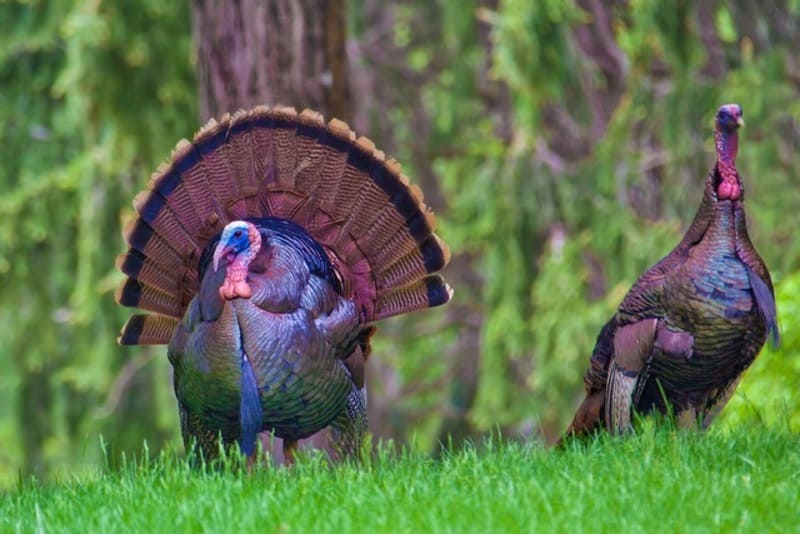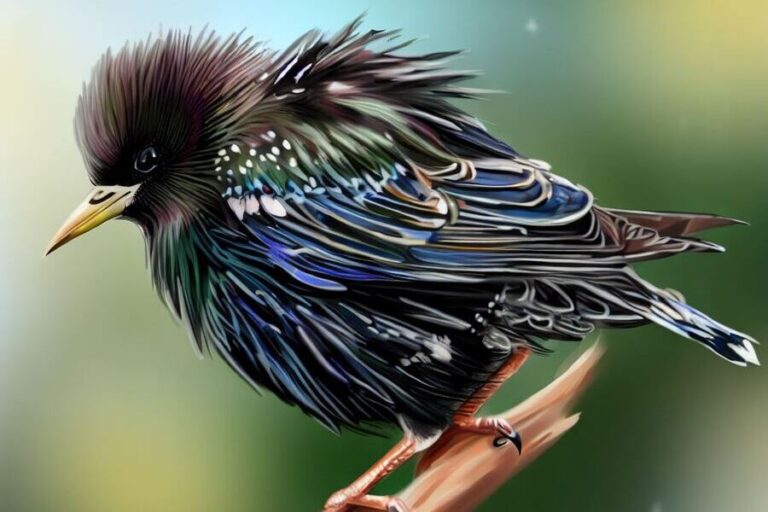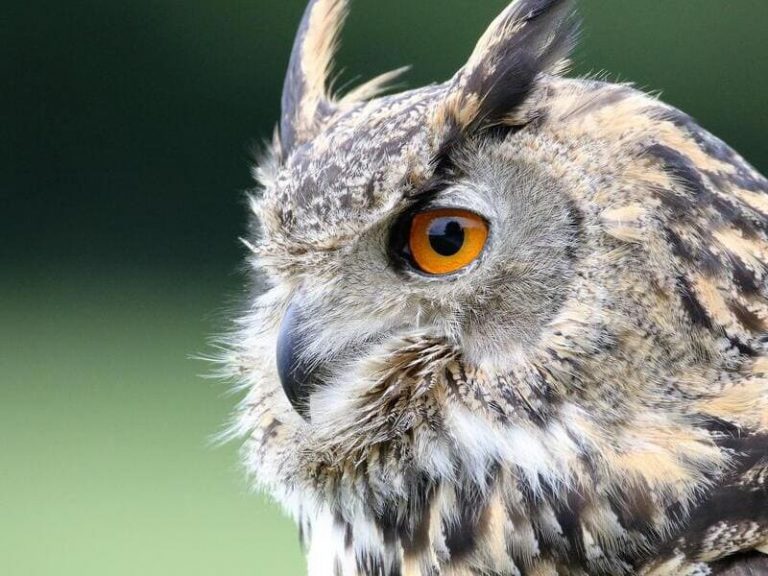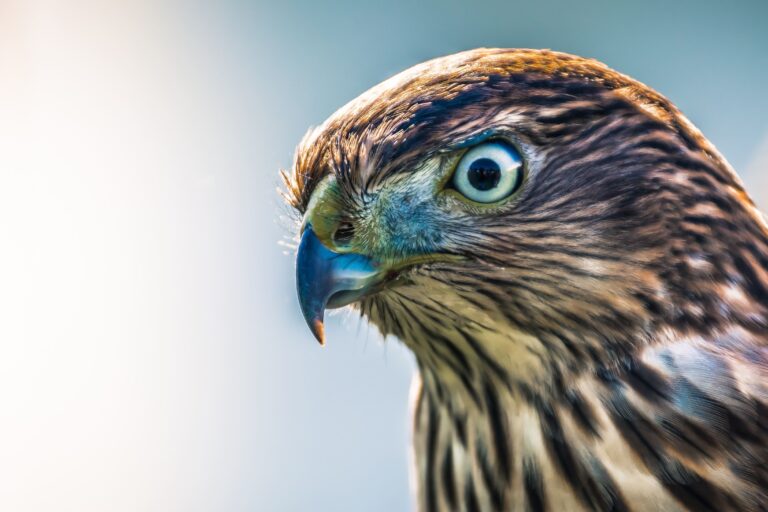What Is A Group Of Turkeys Called?

Have you ever noticed a big flock of turkeys wandering around? Have you asked yourself what could possibly be going through their heads as they roam and chatter with each other?
Or have you ever stopped and wondered, “What is this flock called anyway, what do a group of turkeys are called?”
Curiosity has the answer! Let’s take a closer look at an entertaining collection of birds, from the fascinating names of different turkey species to some fun facts about these amazing creatures.
Whether it’s peacocks strutting by, swallows soaring in the air, or wild turkeys clucking along on land, understanding how animals live can enrich our connection with nature.
So grab your binoculars, and let’s dive into what we know about this affable group of birds known collectively as a rafter (or bundle) of turkeys.
Contents
What is a Group of Turkeys Called?

A group of turkeys is known in the animal kingdom as a “rafter.” This is clearly an apt name. After all, turkeys do tend to roost on roofbeams! This clever term can be used to refer to any group of turkeys regardless of their age or gender.
Interestingly, male turkeys are referred to as Tom Turkeys, and these birds have an impressive courtship display by inflating their bodies, spreading their feathers, and drumming with their feet.
Even more remarkable, if it appears that the females are not impressed, then the males will raise the stakes by adding yelps and gobbles to the mix. With such an amusing courtship ritual, it’s obvious why the collective noun for this common bird is ‘rafter.’
Other terms for a group of wild turkeys
A proud and resilient species, wild turkeys, have been around since before the time of Columbus and can still be seen strutting through modern-day backyards.
Additionally, they are often referred to by various names depending on the national context.
Across America, they may be referred to as gobblers, while in Australia, they’re known as bush turkeys. While continuing the trend of unique names, Missourians call them “bobbers,” with yelpers being the name used in Wisconsin.
These highly adaptable birds form flocks or gangs, though some unorthodox terms for such groupings include “rafter,” “clutter,” or a rather specific one, an “abreast.”
Though nearly wiped out several centuries ago due to overhunting, these majestic animals remain favorites of wildlife enthusiasts today thanks to conservation efforts that saved their population from extinction.
How many turkeys are in a flock?
Turkeys are known for their intelligence and are surprisingly sociable creatures. A flock of wild turkeys may range from a small group of 4 to an impressive 50 birds!
Generally, the size of a turkey flock is determined by the availability of food sources, as with many other bird species.
Each flock is led by an alpha male turkey, which determines the group’s foraging area and daily movements.
Turkeys tend to travel together in search of food, water, and safety in numbers. While this number may vary based on the environment or season, it provides an interesting insight into how intelligent these animals truly are.
Why Is a Group of Turkeys Called a Rafter?

A group of turkeys is referred to as a raft because of the way they fly in a large formation.
When groups of turkeys take flight, they typically align themselves in two lines instead of one and push against each other to maintain their altitude.
This creates the illusion of a boat floating on water, which results in this affectionate name.
Interestingly, they engage in this behavior to both protect themselves from predators and keep warm in cold weather.
Rafters often call attention to themselves with loud gobbling that can be heard at great distances, an unmistakable sign that these proud birds are present and ready for anything.
Why do turkeys flock together in large groups?
Wild turkeys are known for the impressive sight of them gathering in flocks that sometimes contain several hundred individuals.
Such flocking behavior may appear jarringly social when considering that turkeys usually spend their days grazing and roaming alone.
But come dusk, these solitary creatures gather together in massive flocks, indicating they partake in the form of communal living.
Increased visibility and better protection from predators through sheer numbers are often cited as one of two primary reasons why turkeys flock together.
The other reason relates to conserving energy, meaning an individual turkey can save energy by riding on the slipstreams created by the shape-shifting flock configurations, which self-organize to conserve energy while flying, its bird aerodynamics at its finest.
What is a pair of turkeys called?
Have you ever wondered what a pair of turkeys is called? They are known as a “rake” or “bouquet” of turkeys.
The term was originally used to refer to a group of game birds such as quail and grouse, but it can now be applied to just about any two turkeys walking together.
A rake or bouquet of turkeys is quite the sight and is sure to bring plenty of joy with their gobbling, strutting, and tail-fans lighting up the landscape.
Two turkeys living in my neighbor’s backyard have some strange habits that have left all of us in the neighborhood perplexed.
For instance, rather than roosting in trees at night like normal turkeys, these two are content to snuggle together in a pile of old leaves on the ground instead.
Not only that, but they also spend hours daily dust bathing, something unheard of in wild turkeys!
What’s even more amusing is that they flock to one particular spot near an old tire swing each day to do their dust bathing ritual.
It’s highly entertaining watching these two unusual birds showing off their incredible skills with such enthusiasm!
What is a group of baby turkeys called?
A group of baby turkeys is known as a “brood” or a “chattering”. Turkeys are interesting birds, they communicate with one another in different ways, and it’s especially fascinating to observe during courtship.
While a brood of adult turkeys will generally stay together only during mating season, baby turkey broods often stay together until after their first molt.
Though stubborn at times, these birds have a lot of personality and love to strut around and show off for one another.
Before you know it, their adorable little chirps will turn into gobbling, but it’s fun to watch baby turkeys while they’re still learning the ropes and talking with each other!
When do turkeys flock together?

Turkeys often flock together when the weather begins to cool down during the winter months. This is because they are instinctively driven to seek out warmth, protection from predators, and safety in numbers.
The flocking behavior helps ensure their long-term survival by forming a patchwork pattern of feathers which improves visibility from looming danger.
As most predators lack good color vision, the colors in such formations create the illusion of movement and disrupt their ability to find a single target for attack.
While flocking can be seen year-round, it is at its peak during colder times when temperatures drop, and coyotes, foxes, lynxes, eagles, bears, and other predators become more active throughout North America.
Fun Facts About Turkeys

Did you know that turkeys have excellent vision, are able to fly, and can run at speeds of up to 25 miles per hour? This is why they’re one of the most difficult animals to hunt in the wild.
Tom turkeys are especially impressive with their intricate feather displays and tail feathers that stand nearly five feet tall.
They also communicate with more than 30 distinct vocalizations, ranging from low-frequency hissing to high-pitched gobbling.
Additionally, when startled or alarmed, turkeys can pucker up their wings and make a very loud, booming sound. Truly remarkable creatures, turkeys have much more to them than at first glance.
Male turkeys have beards!
Male turkeys have some extra features that make them stand out from the ladies! One such striking feature is their beards, which are made of black, stiff feathers and grow from the skin just below their chins.
These beards can often extend up to 4 inches long, although many male turkeys have shorter ones. Surprising as it may seem, male turkeys use their beards to attract potential mates.
During a courtship display, a tom turkey will puff out its tail feathers and bristle its beard while making a gobbling sound to entice an interested female.
It’s an amusing sight watching these feathered fellows strut around with those impressive beards.
The thick plumes on a turkey’s neck are obtrusive enough. These feathers actually form part of an organ called the snood.
This rudimentary and stringy-looking protrusion is one of the wildest features associated with male turkeys and can grow up to four or five inches long.
The snood also changes color completely when it receives adequate levels of sun exposure and moisture, so its hue can range from soft pink to vibrant red.
Finally, depending on their moods, male turkeys will frequently manipulate their beards by tugging at them with their beaks.
Turkeys have something dangling off their neck!
Turkeys have an interesting physical attribute that sets them apart from other birds: the dangling growth known as a “wattle.”
This pale, fleshy protuberance hangs loosely from a turkey’s neck, often swaying back and forth as the bird strides around.
Its exact purpose remains a mystery, but many experts suggest that it signals the turkey’s status within its social group, the larger and brighter the wattle, the higher its standing. Despite their oddity, wattles remain an overlooked feature on turkeys.
With Thanksgiving fast approaching, take a minute to appreciate these fascinating creatures for their unique and unexplained characteristics.
How the turkey got its name is interesting!
The story of how the turkey got its name is an intriguing one. The large, feathered bird was first referred to centuries ago by Europeans who stumbled across it in America during Christopher Columbus’ voyages.
Initially, they misidentified the bird as the guinea fowl, a similar species native to Turkey.
As time went on, they continued to call the turkey “turkey fowl” until, eventually, it was simply shortened to“turkey”.
It’s quite remarkable that even hundreds of years later, we still refer to this large and impressive bird by the same name that its early discoverers gave it, Turkey.
Turkeys have weird stuff on their faces!
Turkeys have some of the most interesting facial characteristics of any bird. Their faces are adorned with a strange fleshy appendage called a snood, along with a waddle that hangs beneath their beak.
They also have caruncles on their heads, which are red and wattled lumps made of blood vessels and specialized feathers. All these features combined make the turkey look quite comical, but they do serve more practical purposes.
Turkeys use the bands of fleshy tissue around their nostrils to detect food and mate selection, while the waddles act as an appendage to help cool off their bodies through respiration.
Wild turkeys even use caruncles as camouflage from predators by protruding them when alarmed. Who knew there was so much mystery behind those silly-looking faces?
Domestic turkeys are different from wild ones.
Domestic turkeys, while still wildfowl, are a far cry from their wild brethren.
While both types of turkey can be found in North America, domesticated turkeys have been bred with significantly larger bodies and shorter legs that make them unable to fly or run like their wild counterparts can.
Domestic turkeys also lack the wide range of coloration that is found in wide, wild varieties, as breeders have honed in on certain genetic mutations that affect physical size rather than other traits.
Additionally, unlike the vocalizations of the wild varieties, domestic turkeys usually cannot mate naturally and must depend on artificial insemination for population perpetuation.
All things considered, there is a great difference between domestic and wild turkeys, especially when it comes to how they interact with truly wild environments.
Final Words
A group of turkeys is called a flock, rafter, or pace. Male turkeys are called toms, while female turkeys are hens. Baby turkeys are chicks.
Turkeys were named after the country Turkey, but they originally came from North and Central America. It is interesting that a wild turkey can fly for short distances up to speeds of 55 miles per hour.
You will also enjoy reading:






